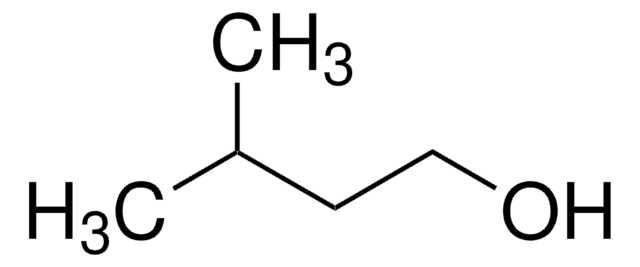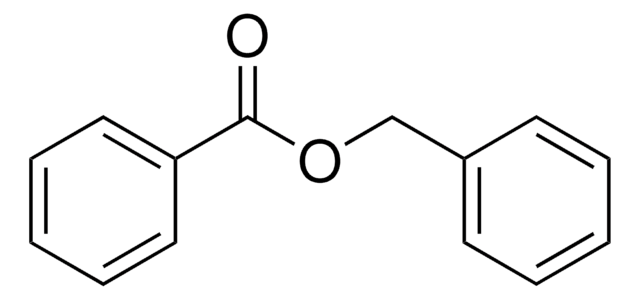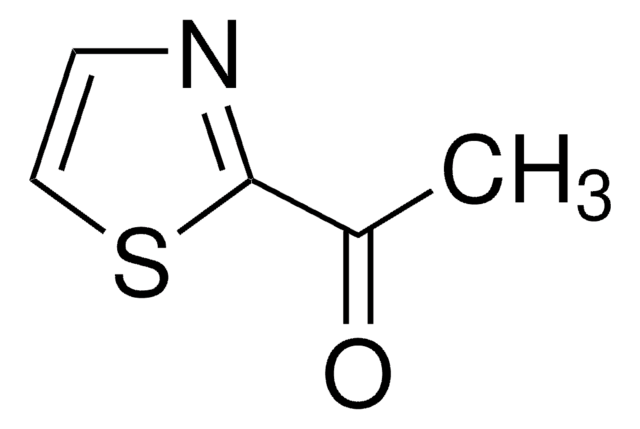W278807
Nonyl acetate
≥97%, FCC
Synonym(s):
N-Nonyl acetate, Acetate C-9, Nonanol acetate, Pelargonyl acetate
About This Item
Recommended Products
biological source
synthetic
Quality Level
agency
meets purity specifications of JECFA
reg. compliance
FCC
FDA 21 CFR 172.515
assay
≥97%
refractive index
n20/D 1.424 (lit.)
bp
212 °C (lit.)
density
0.864 g/mL at 25 °C (lit.)
application(s)
flavors and fragrances
documentation
see Safety & Documentation for available documents
food allergen
no known allergens
organoleptic
green; fruity; waxy; sweet
SMILES string
CCCCCCCCCOC(C)=O
InChI
1S/C11H22O2/c1-3-4-5-6-7-8-9-10-13-11(2)12/h3-10H2,1-2H3
InChI key
GJQIMXVRFNLMTB-UHFFFAOYSA-N
Related Categories
General description
Disclaimer
Storage Class
10 - Combustible liquids
wgk_germany
WGK 2
flash_point_f
210.2 °F - closed cup
flash_point_c
99.00 °C - closed cup
ppe
Eyeshields, Gloves
Certificates of Analysis (COA)
Search for Certificates of Analysis (COA) by entering the products Lot/Batch Number. Lot and Batch Numbers can be found on a product’s label following the words ‘Lot’ or ‘Batch’.
Already Own This Product?
Find documentation for the products that you have recently purchased in the Document Library.
Our team of scientists has experience in all areas of research including Life Science, Material Science, Chemical Synthesis, Chromatography, Analytical and many others.
Contact Technical Service






